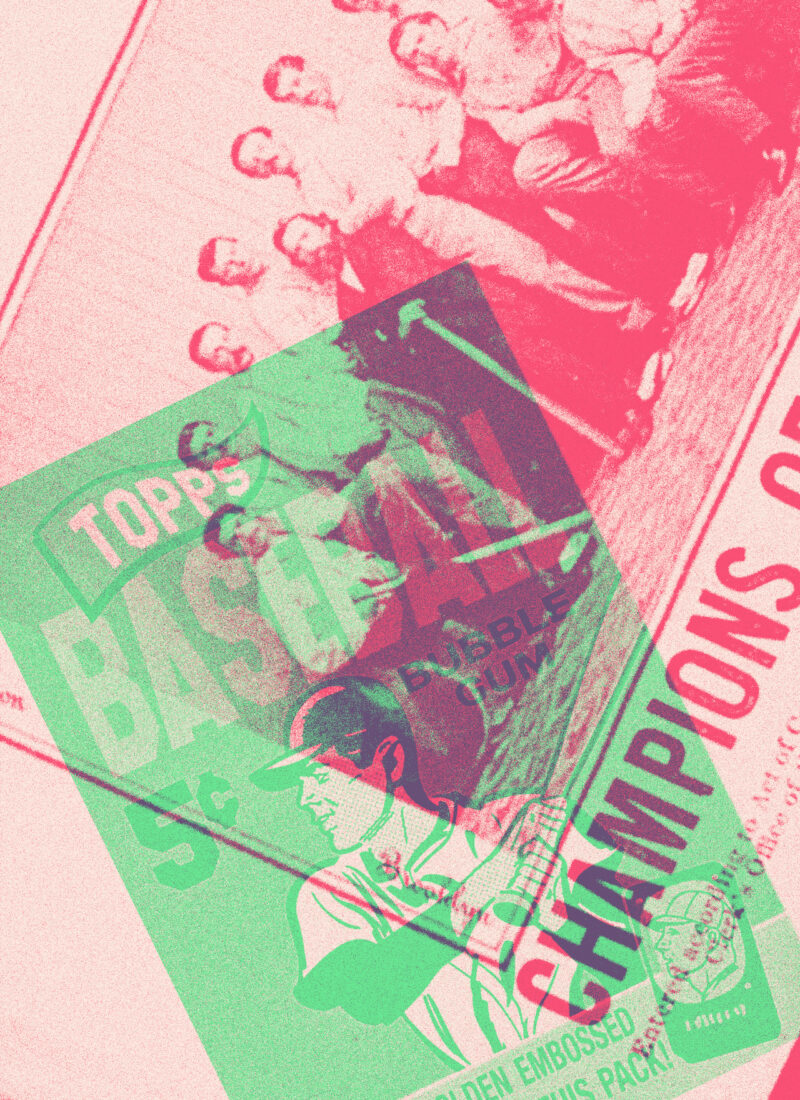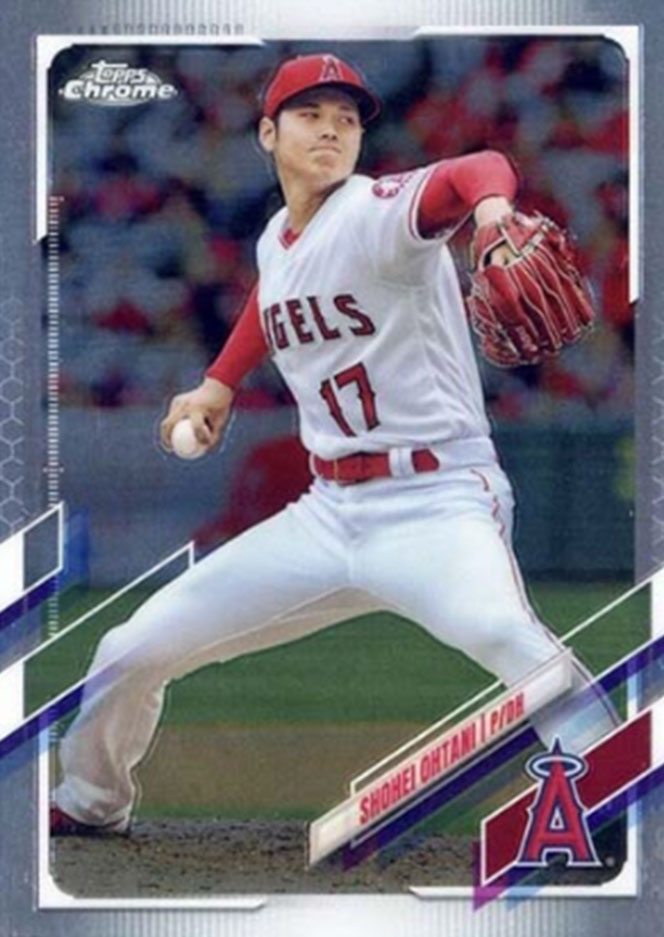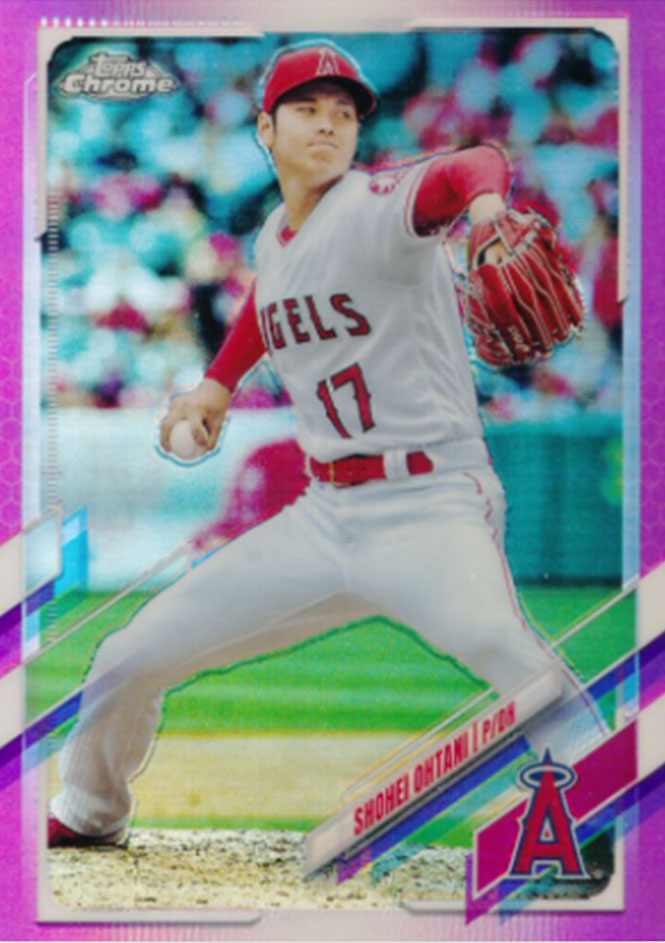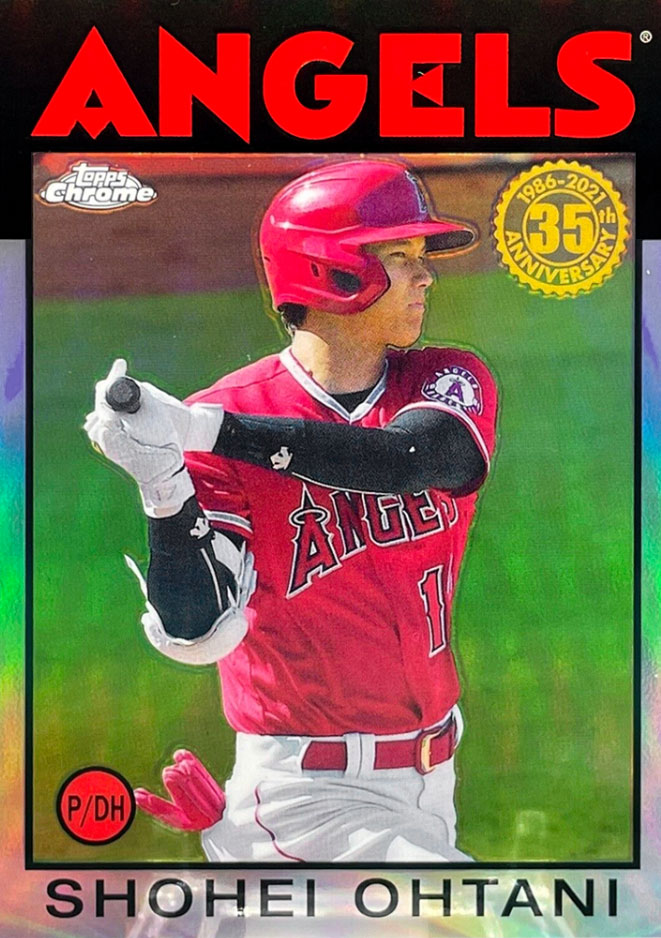
What Cards Are Worth Collecting?
You just opened your first box of cards. A heap of foil is crumpled on the table alongside the freshly-emptied cardboard packaging. A faint “new card smell” wafts in the air as you gaze at your haul: over two hundred shiny, colorful rectangles arranged in stacks of differing heights.
You’re brand new to trading cards. This is the first box you’ve purchased and opened in several decades – way back when you were a kid. You recognize the players, the teams, and the brand logo peeking out from the corner. But the cards…the cards look different.
Different, and also a bit intimidating. You’re confronting the same feeling that every new and returning collector feels as they re-enter the Hobby: uncertainty. You know that some cards are more important than others. You like the look and feel of some more than others. But there are over 200 different cards on your table.
Which of these cards is important? Which ones are really worth collecting?
Anatomy of a Set: Card Types
Looking over those first two hundred cards from that inaugural box, it’s helpful to begin with some basic distinctions. Most of the cards you’re looking at will be Base Cards. The base set is the most common – that is, the most widely-printed – set in any trading card product. Depending on what box you opened, more than 90% of your cards may be base cards.
The next type of card to look for is the Parallel. Parallels are limited-edition versions of base cards. They essentially “run parallel” to the base set – they have a similar look and design but are distinguished by a unique physical quality. Often, they are distinguished by color: in a Topps Chrome set, there are green, orange, and gold parallels (and more colors than that!). The different colors correspond to varying levels of scarcity. In Topps Chrome, the rarest of the color parallels is gold.
In addition to Base and Parallel cards, there is a third and final bucket: Insert cards. There are a variety of different inserts. The most popular and familiar are Autographs, which come in either Sticker or On-Card flavors; other Inserts include (but are not limited to) Relic cards, Die-Cuts, Multi-Player, and Patch cards. Like Parallels, Insert cards are Short-Printed and much rarer than the base set. Some inserts are numbered 1-of-1, which means only one copy of that card has ever – will ever – be printed.



But these are just definitions. They don’t tell you what cards to care about or why you should prefer one type over another. Of course, it helps to know what you’re looking at, but it’s only the first step.
In addition to definitions, it also helps to know what other people care about and collect. After all, collecting is a social practice: both the value of your collection and your ability to trade depends on how other people view their cards.
Looking at Pop Reports is the best way to learn what other people collect. The main reason people read Pop Reports is to measure the relative scarcity of a card – to see how many other copies exist, and in what condition. But Pop Reports are also, essentially, opinion surveys for collectors. When you submit a card for Grading and pay the (sometimes substantial) grading fee, you’re raising your hand to say, “I collect and care about this card.” So when you look at the Pop Report for a given set, you see the relative scarcity of each card and how many people care about them.
So what do the polls tell us?
What People Collect: 2010 Topps Chrome
The following chart shows the PSA pop for all base and non-auto parallel cards in 2010 Topps Chrome. (For the purposes of this discussion, we limited the data to base cards and parallels only). Each circle represents a single card, and the size of the circle corresponds to its total pop – that is, how many times collectors raised their hand and said, “this card is important.”
You can play with the data and explore the set. You can limit the view by card type – e.g., base cards only – or search for a specific player. Take some time and play around with the data. It’s a great way to see what cards matter to people.
But at the end of the day, even the most interesting survey research can’t tell you what cards to care about. It helps to know what other people like, just as it helps to know the definition between base and Parallel. But when it comes to the original question – “what cards are worth collecting?” – you have to turn inwards. The answer comes from you.
Do you care about collecting your favorite player or hometown team? Do you care about the product itself – motivated to complete the entire set? There are player, set, and team collectors, and each is different. In our next article, we’ll get in touch with your inner collector and help figure out what type you fit.